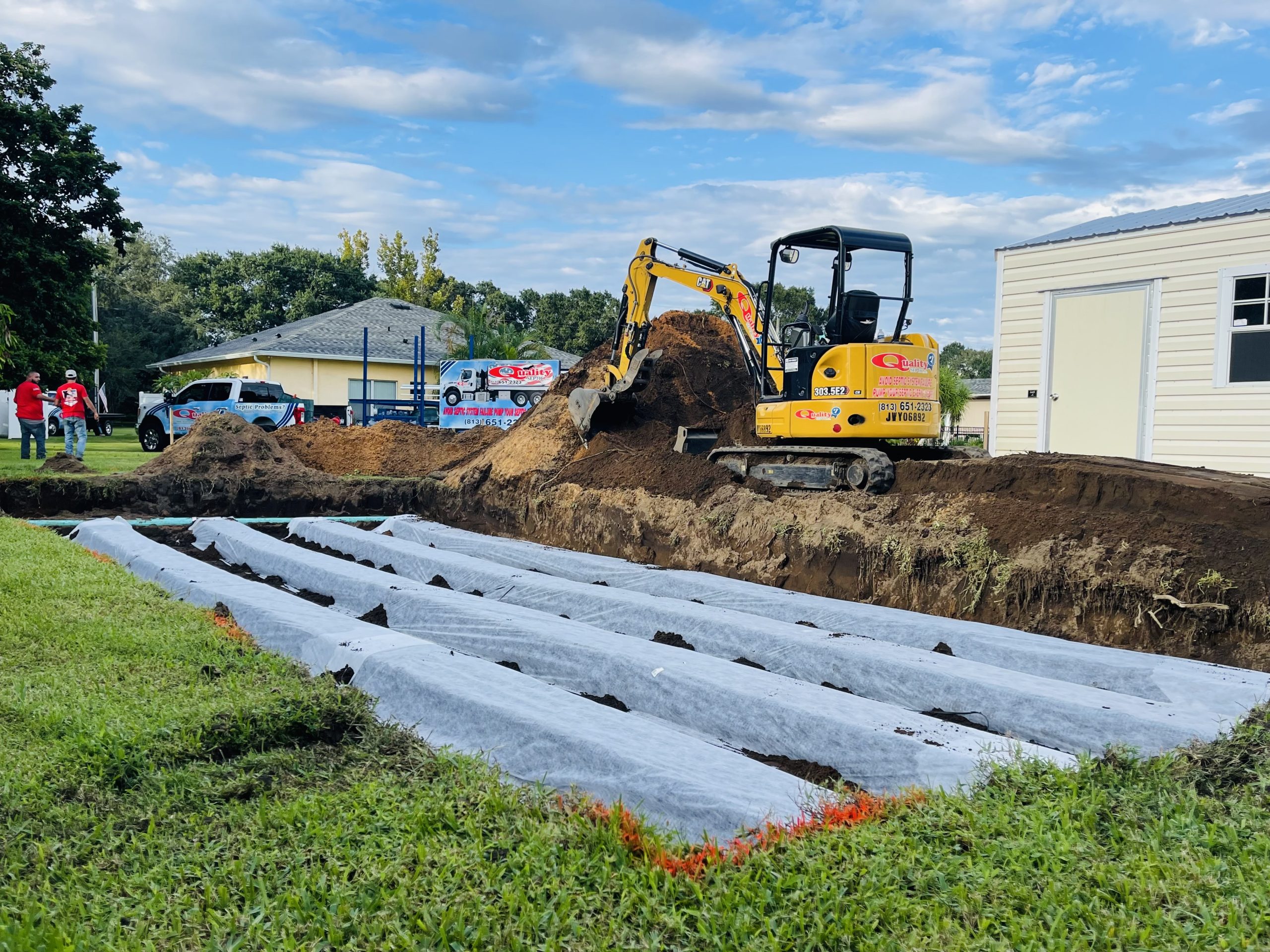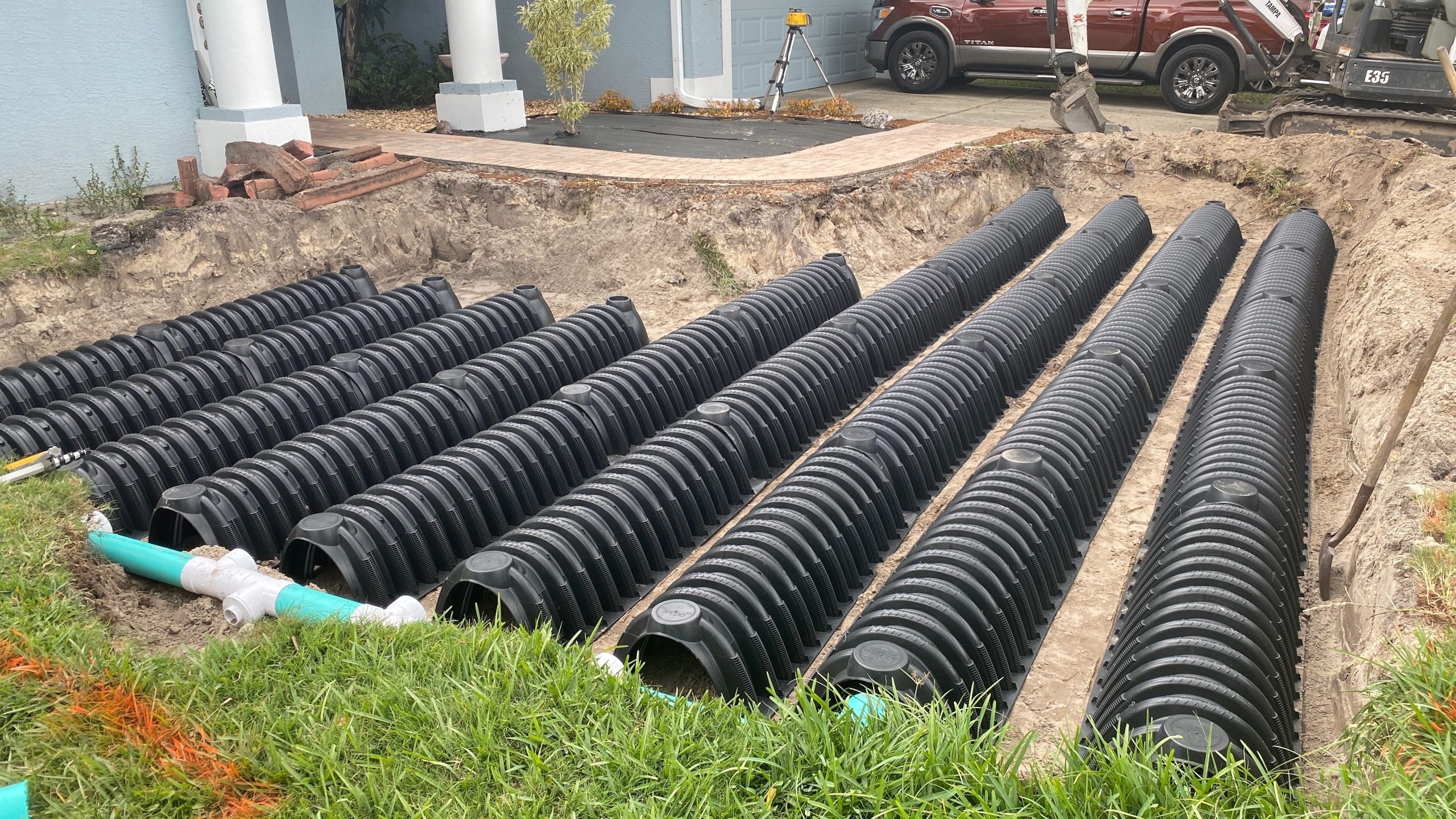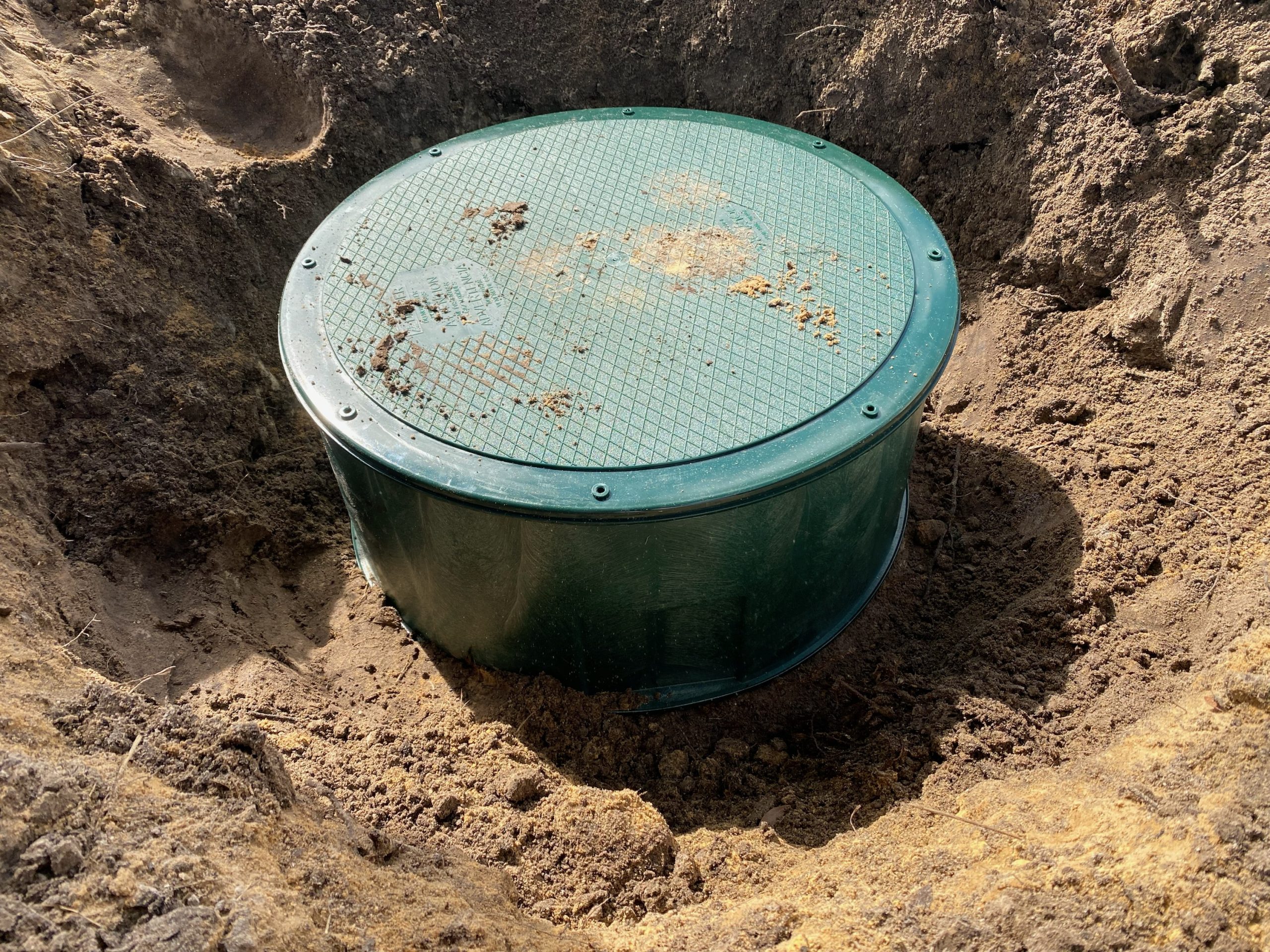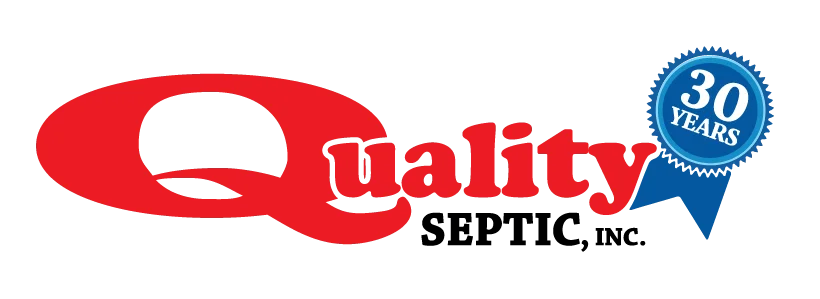Septic systems are an essential part of every home, and the drain field is an integral component of any septic system. A drain field is responsible for absorbing and filtering the effluent from your septic tank, returning the treated water back to the ground. Different drain field designs are available, each with their own unique set of advantages and disadvantages. The pros and cons of some of the most popular drain field designs are as followed:

Infiltrator Drain Field:
The Infiltrator drain field is a popular choice because of its lightweight, easy-to-install design. Made of durable, injection-molded plastic, this drain field offers excellent filtration and can handle high volumes of wastewater. The Infiltrator design is also more environmentally friendly than traditional gravel-based systems, as it requires less digging and can be installed quickly. However, this system may not be the best choice for areas with high water tables, as it can become overwhelmed.
Gravel Drain Field:
Gravel-based drain fields are one of the most common designs used in septic systems. This design features a bed of gravel with perforated pipes laid on top. The effluent is then dispersed through the gravel and absorbed by the surrounding soil. Gravel-based systems are generally low-maintenance and can be easily repaired if needed. However, they require a considerable amount of space and may not be the best choice for areas with rocky soil.

Chamber Drain Field:
Chamber drain fields consist of plastic or concrete chambers that are linked together to form a network of pipes. This design offers excellent filtration and is more compact than gravel-based systems. It is also easy to install and repair, as the chambers can be easily accessed. However, this system may not be the best choice for areas with heavy soil, as the chambers can become clogged over time.
Mound Drain Field:
Mound drain fields are designed for areas with high water tables, shallow soil depth, or poor soil conditions. This system involves creating a mound of sand or gravel above the natural soil surface and laying a network of pipes on top. The effluent is then dispersed through the mound and absorbed by the surrounding soil. Mound drain fields are more expensive and require more maintenance than other systems. However, they are an effective solution for challenging terrain.

In conclusion, there are several different types of drain field designs available, each with its own set of advantages and disadvantages. It is essential to choose the right system for your property based on factors such as soil type, terrain, and water table levels. At Quality Septic, Inc., we can help you choose the best drain field design for your needs and provide expert installation and maintenance services to keep your system running smoothly for years to come.
Call Your Florida Septic Experts Today
Since 1994, Quality Septic has provided fast, friendly, reliable, and affordable septic system inspections, repairs, and maintenance in Hillsborough County. Arrange an appointment or get your questions answered by calling us at (813) 576-2546 use our online contact form.
